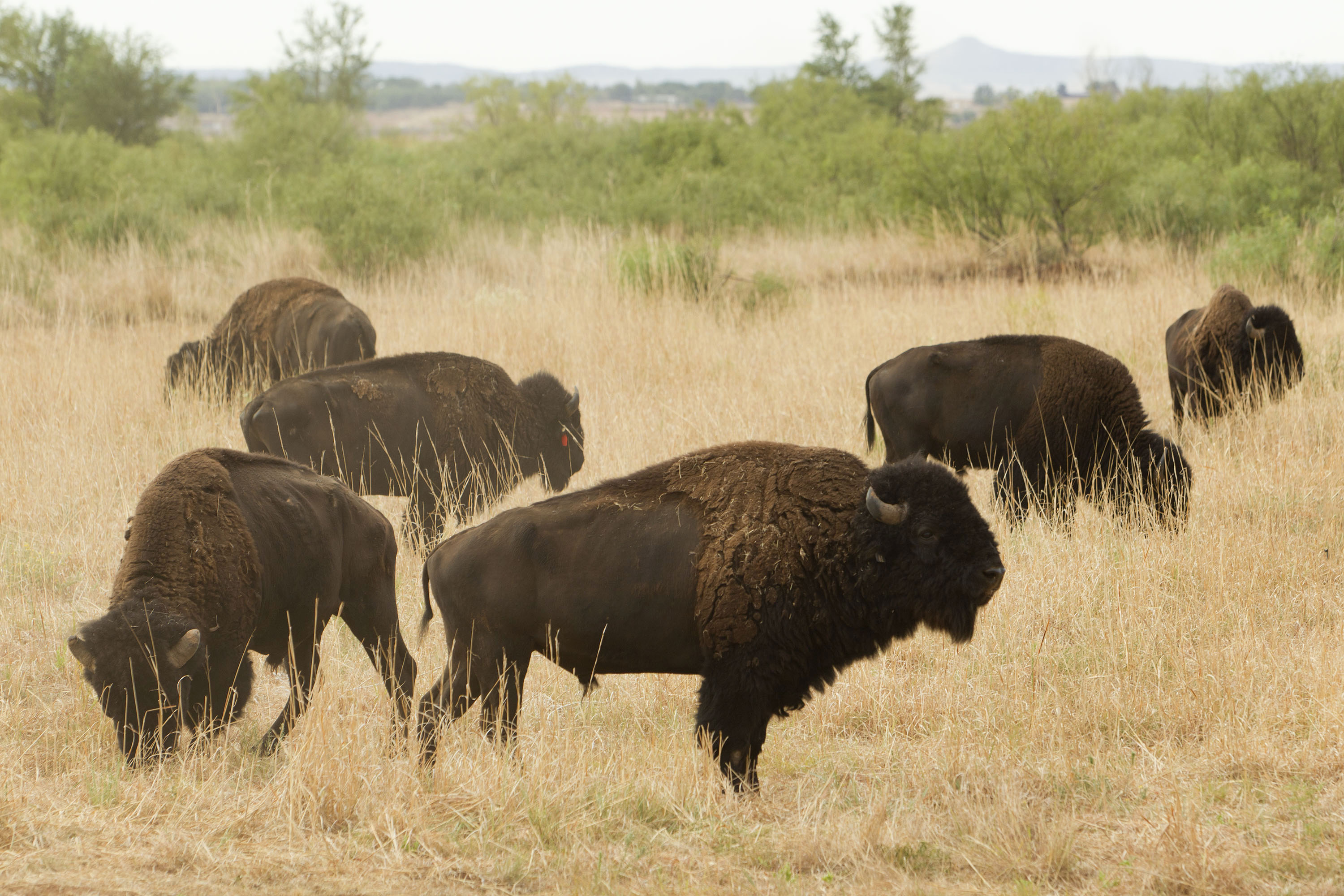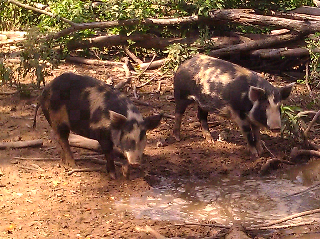TPW TV: Caprock’s Bison Refuge
Thursday, January 10th, 2013
This is Passport to Texas
Legendary Texas rancher, Charles Goodnight helped preserve the last of the southern plains bison… the descendants of which are the Texas State Bison Herd at Caprock Canyons State Park.
Texas parks and Wildlife TV Producer Bruce Beirmann says expect a segment this month that explores the herd’s legacy and their new enclosure.
56—Just recently, the park opened up a whole other pasture so they now have a thousand acres to roam.
So, our goal is to expand their territory here in the park and have a unique experience to where you come in the park you are in the habitat with the bison.
The day they opened up the new pasture, I was at ground level looking into the gate where those bison were coming out. The experience of being at eye level with the bison as they’re charging towards you into this new pasture was just really awe inspiring.
These magnificent animals, the last remnants of the great southern plains bison…these animals belong to the state of Texas. They’re your animals. It’s a great opportunity to come view these animals –the last of their kind –as we do our best to expand their range and grow the herd.
You have to go see these bison. It’s the one place where you can still get right up to them [but you must remain in your vehicle] and experience it. It’s an experience you don’t want to miss.
Thanks, Bruce.
The show air the week of January 13
For Texas Parks and Wildlife…I’m Cecilia Nasti.





 Passport to Texas is a
Passport to Texas is a  Passport to Texas is made available by:
Passport to Texas is made available by: